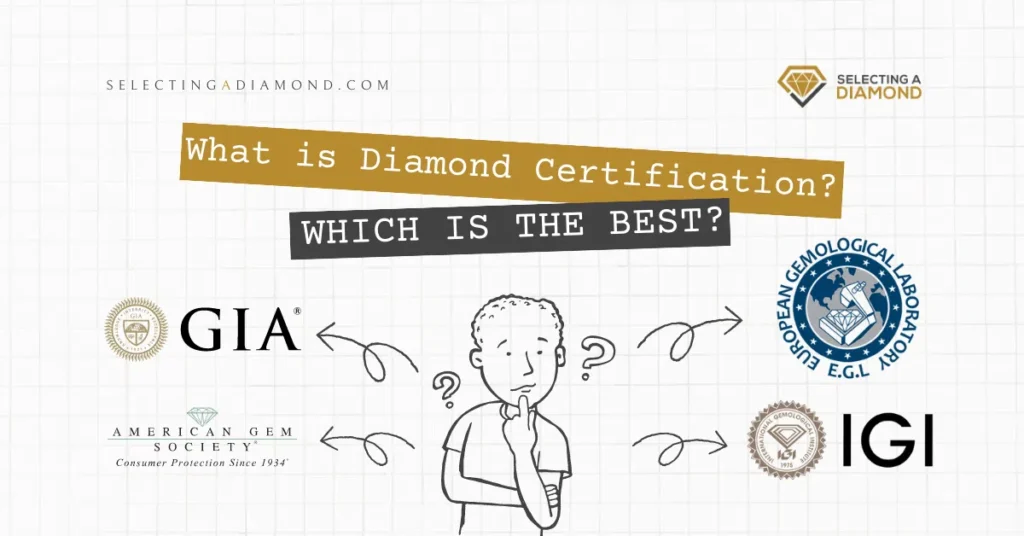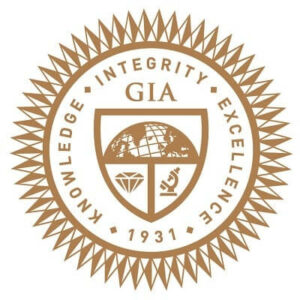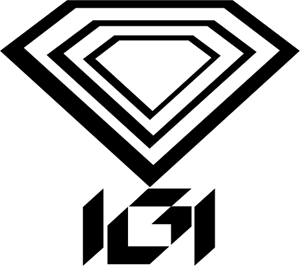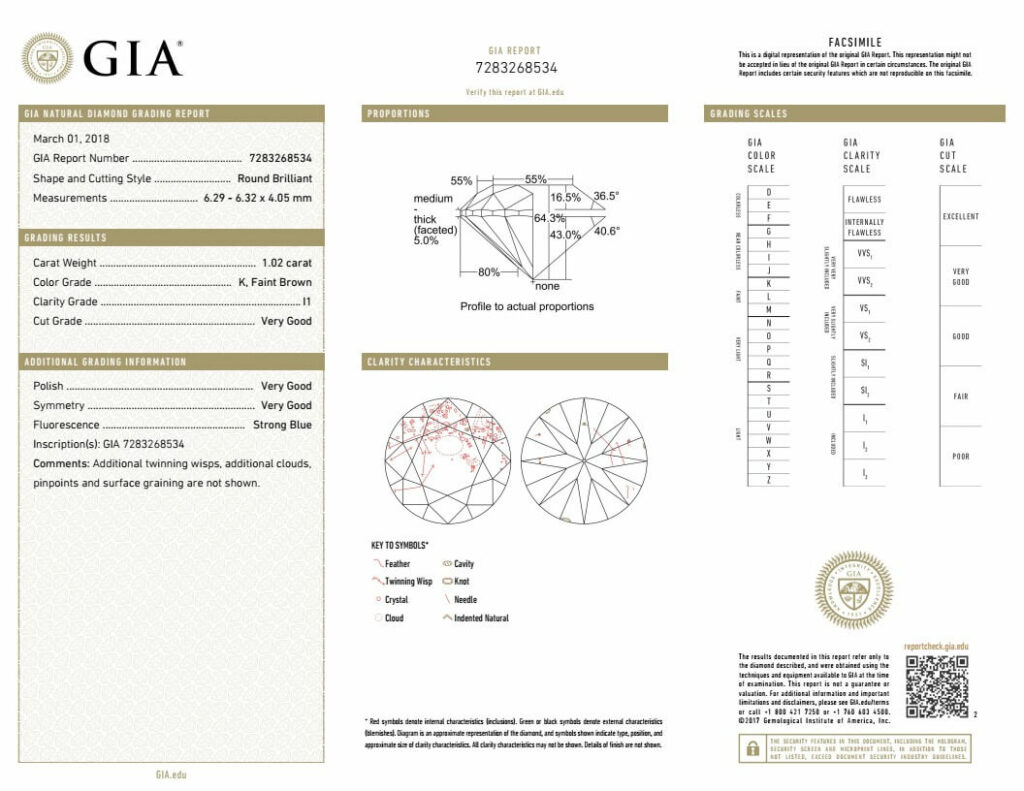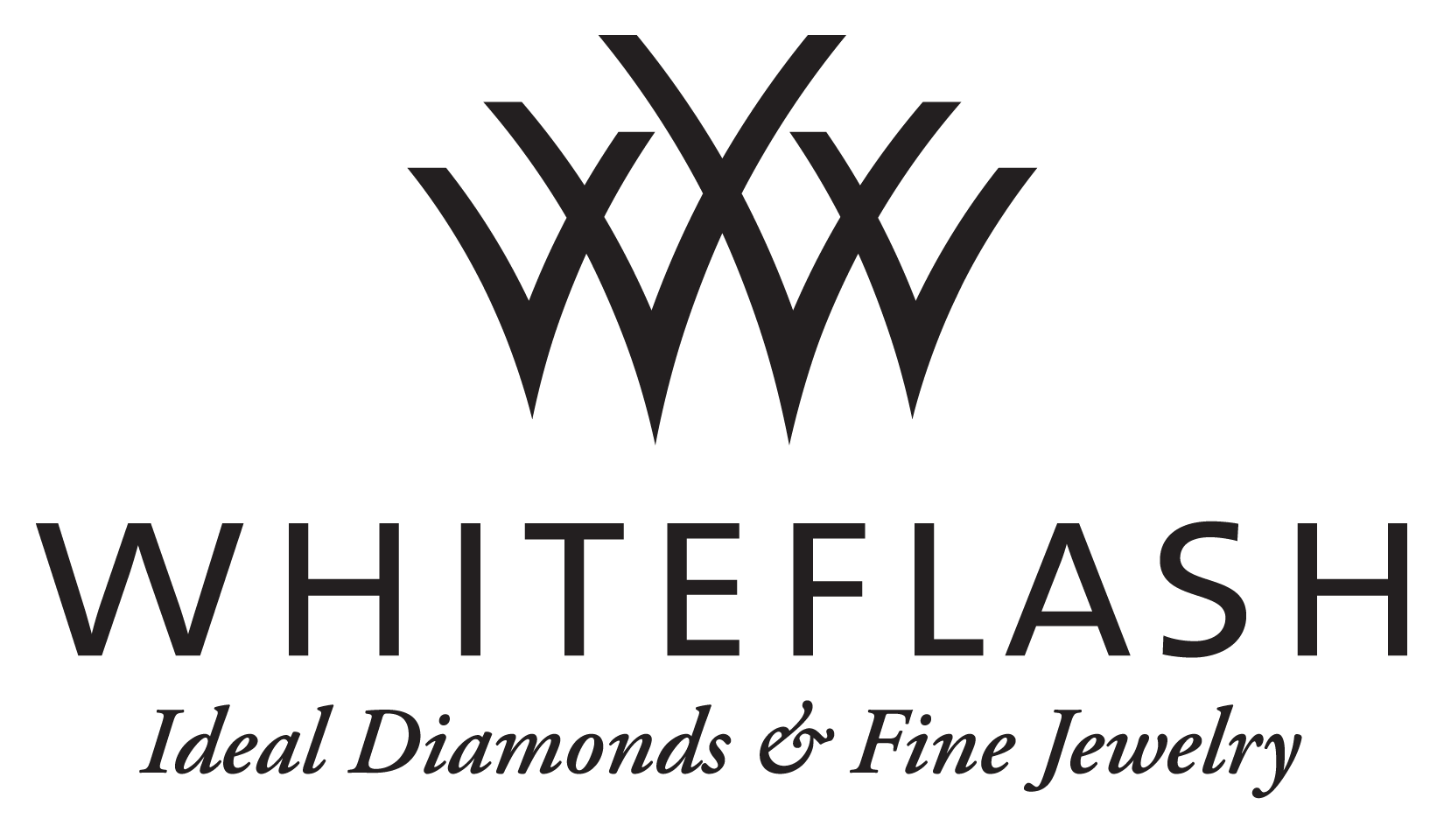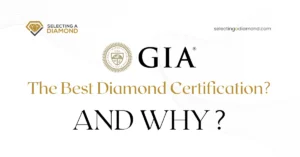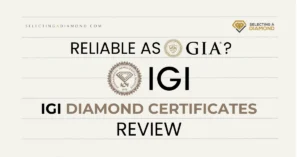We may earn a commission when you purchase through our affiliate links, at no extra cost to you. This helps support our work and allows us to continue providing unbiased, expert diamond advice.
In your quest for that perfect diamond, whether you’re browsing through a glittering in-store collection or scrolling online, you’ll likely come across something called a ‘diamond certificate’ (or report) attached to each gem.
Most reputable online diamond vendors work closely with a handful of certification authorities. For instance, James Allen vends diamonds certified by GIA, AGS, and IGI when it comes to earth-mined diamonds, while for lab-grown diamonds, they turn to IGI, GCAL, and GSI.
Blue Nile primarily deals with GIA-certified diamonds, whereas Whiteflash collaborates with both GIA and AGS. Essentially, you’ll notice that the diamond world orbits around two or three primary certification bodies.
When you’re investing in something as precious as a diamond, you certainly want to ensure that the price tag matches the quality.
A diamond certification, or diamond grading report, offers you written assurance of the diamond’s attributes and an estimation of its fair market value. It provides a standard by which you can compare one diamond with another, whether within the same store or elsewhere.
A diamond certificate delves into the famous 4Cs of diamonds:
- Diamond Color: This is a scale that begins at D (colorless diamond) and stretches to Z (noticeable yellow).
- Diamond Cut: The cut grade measures the brilliance or sparkle of the stone (don’t confuse this with the diamond shape).
- Diamond Clarity: A scale ranging from FL (Flawless) to I3 (Included), indicating the intensity of small flaws or inclusions present in many diamonds.
- Diamond Carat: Carat refers to the diamond’s weight.
The certificate also details features such as the diamond’s shape, measurements, symmetry, and any flaws, both internal and external.
What are Diamond Grading Labs?
Independent gemological laboratories issue these certificates, following the careful analysis of a trained and certified gemologist.
The leading grading laboratories include the Gemological Institute of America (GIA), the American Gem Society (AGS), and the International Gemological Institute (IGI).
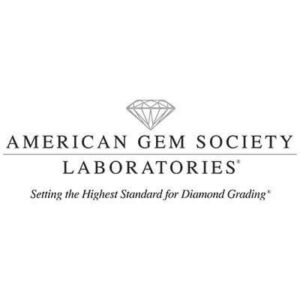
While diamond shopping, it’s crucial to interrogate the sales associate about the attributes of the stone. Ask if the diamond is certified and request to view the certificate that will accompany the diamond upon purchase.
Here’s what an actual diamond certification looks like:
Should you stumble upon a diamond that steals your heart but lacks certification, don’t hesitate to request its submission to an independent gemological lab for certification. Such a request is common practice. If the seller appears hesitant, it’s wise to exercise caution when dealing with them.
While buying diamonds online, always opt for a diamond that comes pre-certified by reputable bodies such as AGS or GIA.
Read: James Allen Full Review
Read: Blue Nile Full Review
How Diamonds Are Graded? Diamond Certification Process
The diamond certification process is a rigorous and meticulous one, conducted by skilled gemologists in independent laboratories.
Once a diamond arrives at the lab, it first undergoes a thorough cleaning to remove any residues that could interfere with the grading.
Next, the diamond is examined under 10x magnification, using multiple lighting conditions to accurately assess its 4Cs – Cut, Color, Clarity, and Carat weight. This includes analyzing the diamond’s proportions, finish, and fluorescence.
For Clarity grading, gemologists identify and plot the stone’s internal and external flaws, if any.
The Color grade is determined by comparing the diamond against master stones under controlled lighting.
Afterward, the diamond’s carat weight is measured to the fifth decimal place. Once the analysis is complete, the lab issues a certificate detailing these characteristics.
This comprehensive process ensures that every certified diamond you buy is precisely as valuable as stated.
Diamond Grading Labs: An Overview
- Gemological Institute of America (GIA): Considered the gold standard of diamond certification, GIA is renowned for its rigorous and consistent grading process. The GIA developed the universally accepted 4Cs method of evaluating diamonds, making its certifications among the most trusted worldwide.
- American Gem Society (AGS): AGS is another highly respected diamond grading lab. Known for its stringent grading scale, particularly for diamond cut, AGS is often on par with GIA for its rigorous standards and accuracy.
- International Gemological Institute (IGI): IGI is the largest organization of its kind in the world and is commonly used by many jewelry retailers. While its grading standards are often considered slightly less strict than GIA or AGS, IGI certification is generally reliable and well-regarded, especially for lab-created diamonds.
Lesser-known labs like the European Gemological Laboratory (EGL) and the HRD Antwerp Institute of Gemology do offer certification services, but their grading standards are typically less consistent and more lenient than the aforementioned labs.
As a result, a diamond graded by these labs might be overrated and overpriced.
Diamond Grading Report Contents
A diamond grading report or certificate usually encompasses the following information:
- Laboratory Name: At the very top of the certificate, you’ll find the name of the independent gemological lab that carried out the grading, along with its contact details. The labs we frequently encounter are AGS, GIA, and EGL (although, remember my previous notes about EGL).
- Certificate Number: Every diamond is allotted a unique certificate number. After purchasing a diamond, it’s prudent to store this number separately from the certificate. In case the certificate gets misplaced, the lab can use this number to issue a new one.
- Shape and Cutting Style: The certificate specifies the shape of the diamond and the style in which it has been cut. This could range from round brilliant to princess cut, pear-shaped, or emerald cut diamonds. Some other prevalent cuts include radiant and princess cut diamonds.
- Measurements: The diamond’s dimensions – length, width, and depth – are recorded to the hundredth of a millimeter. Given the precision of these measurements, they serve as a reliable indicator that the diamond matches the certificate’s description.
- Weight: The weight of the diamond, expressed in carats, is featured on the certificate, rounded to the hundredth of a carat.
- Proportions: The certificate delves into the diamond’s proportions, detailing how various parts relate to others.
- Depth Percentage: This figure reveals the depth of the stone in comparison to its diameter.
- Table Percentage: The certificate specifies the proportion that the diamond’s flat top facet, or the “table”, occupies relative to the stone’s diameter.
- Girdle: The girdle serves as a boundary between the diamond’s crown (the top portion) and the pavilion (the bottom portion).
- Culet: If present, the culet is a facet on the pointed bottom of the diamond designed to prevent chipping.
- Finish: This describes the diamond’s polish and the symmetry (or alignment) of its facets. An expert diamond cutter can achieve an exceptional polish and precisely align the facets, meaning the right side mirrors the left, and all facets should ideally be of similar shape.
- Clarity Grade: This reflects the quantity, size, location, and nature of the diamond’s flaws and surface irregularities, detected using a stereomicroscope. However, the final grade is based only on what’s visible under a loupe (a small magnifying device).
- Color Grade: Color grades range from the highest, D, to the lowest, Z. The grade is determined by comparing the diamond to a master set of color comparison stones under specialized lighting conditions.
- Fluorescence: Approximately one in ten diamonds glow under ultraviolet light, primarily in blue, but occasionally in yellow, orange, or green. Fluorescence is mainly used for identification and usually doesn’t affect the diamond’s value.
- The Plot: This is a graphical representation of a diamond’s imperfections. By plotting its characteristics, along with its physical measurements, a lab can assign a unique identity to every diamond. Internal characteristics are marked in red, while external ones are in green.
- Comments: This section contains any additional information not covered elsewhere on the certificate. Most comments don’t influence the diamond’s value.
Tips for Reading a Diamond Certificate
- Verify Lab and Certificate Number: Check that the grading lab is a recognized authority like GIA, AGS, or IGI. Each certificate has a unique number that you can use to verify its authenticity on the lab’s official website.
- Understanding the 4Cs: Familiarize yourself with the 4Cs – Cut, Color, Clarity, and Carat weight. Remember, Cut influences a diamond’s sparkle, Color is graded from D (colorless) to Z (noticeable yellow), Clarity indicates the presence of internal or external flaws, and Carat is the measure of the diamond’s weight.
- Check the Diamond Plot: The diamond plot diagrams the stone’s internal and external inclusions. Understanding this helps you know the imperfections of the diamond, if any, and their locations.
- Look at Additional Grading Factors: Factors like polish, symmetry, and fluorescence can also influence a diamond’s appearance and value. Polish refers to the smoothness of the diamond’s facets, symmetry assesses how perfectly aligned the facets are, and fluorescence is the diamond’s glow under UV light, which can affect its color.
- Read the Comments: Don’t overlook the comments section. This area includes additional notes from the gemologist that may not be covered in the other sections.
- Matching the Diamond to the Certificate: Lastly, ensure that the diamond you’re looking at matches the details on the certificate. This is particularly important when buying online or when the diamond is already set in jewelry.
Understanding a diamond certificate can be a bit daunting at first, but with these tips, you’ll be well-equipped to make an informed decision on your diamond purchase.
Summary
In the quest for a perfect diamond, understanding diamond certification is crucial. The certificate, provided by recognized labs like GIA, AGS, or IGI, attests to the diamond’s quality and value.
It’s an assessment based on the 4Cs (Color, Cut, Clarity, and Carat), along with additional features like shape, symmetry, and flaws. The grading process is meticulous, ensuring each diamond is accurately evaluated.
It’s important to verify the diamond certificate against the lab and the unique certificate number. A clear understanding of the certificate contents, including the 4Cs, additional grading factors, diamond plot, and any additional comments, will help ensure your diamond’s authenticity and value.
Always ensure the diamond matches the details on the certificate, especially when purchasing online or when the diamond is already set in jewelry.
Still not sure where to buy your diamond?
We always recommend shopping diamonds online and created a Full guide to shop diamonds like a Pro.
Among online retailers, here are our favorite stores click their logo to visit store
-
James Allen:
Our favorite online store, best diamond imaging technology available today, comes with the largest collection with more than half a million loose diamonds.
-
Blue Nile:
Widest collection of loose diamonds of all sizes, great imaging technology for most of their inventory (hundreds of thousands of diamonds), great customer support.
-
Whiteflash:
Home Of A CUT ABOVE® Super Ideal Diamonds, they stand out from the crowd by offering premium diamonds cuts, tailored to those who love the details, at great prices too.

